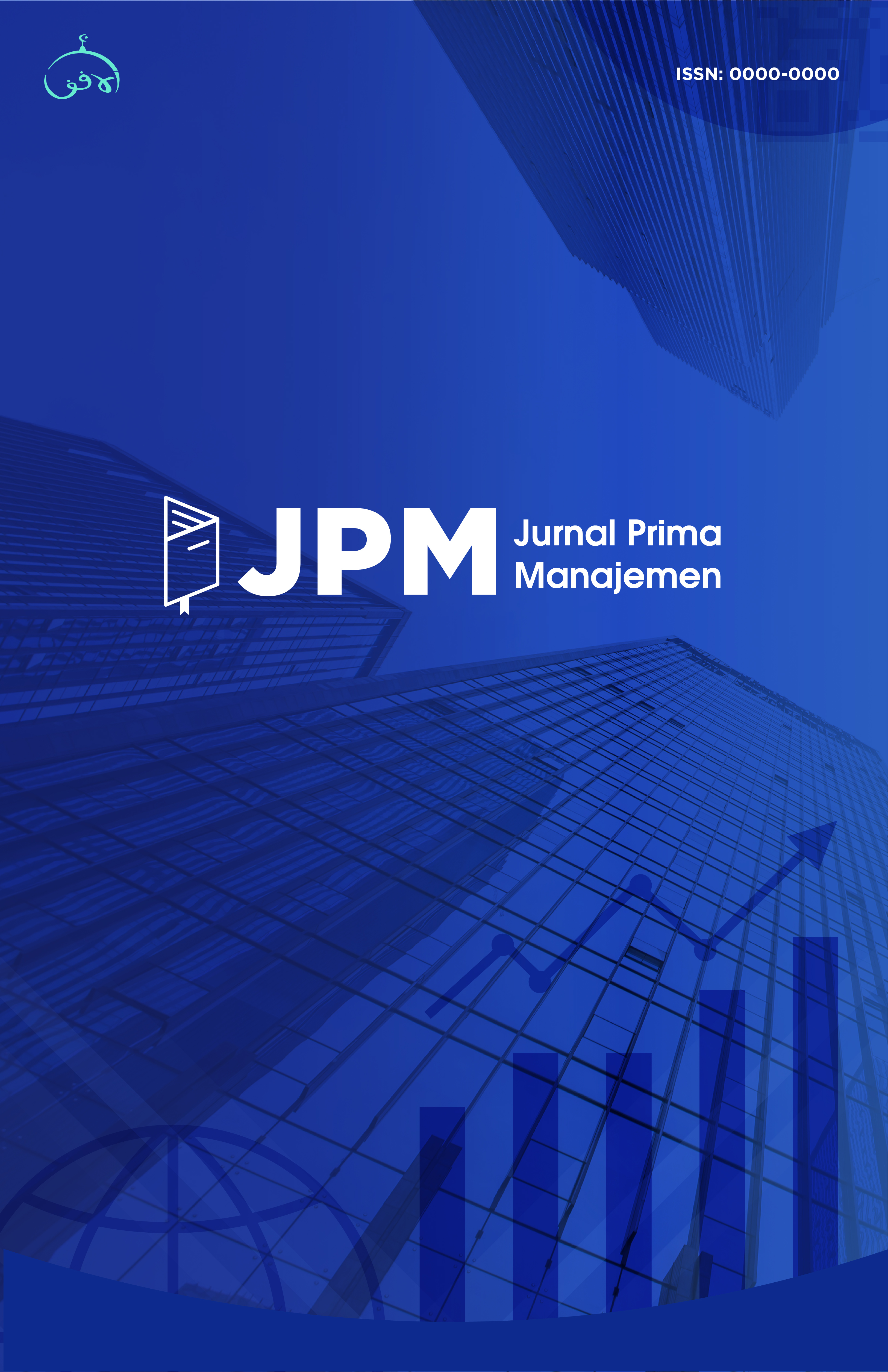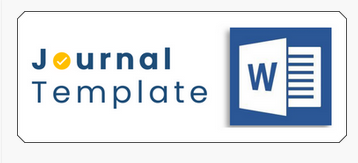Applying Innovation Strategy and Its Effect on Competitive Advantage of Creative Industry: Spicy Culinary Subsector in Indonesia
Keywords:
Creative industries , Competitive advantages , Innovation strategyAbstract
The main issue of this study is the intense competition among business competitors both new business competitors and old business competitors which have controlled the Indonesian market. Besides, there has been an increasing number of SMEs that engage in culinary sector. However, many culinary sectors have still lack of quality. This study discusses the implementation of innovative strategies that affect the competitive advantage of creative industries in sub-sector of spicy culinary foods in Indonesia. Creative industry is an industry in which its main elements consist of creativity, expertise, and talents. These elements have greater potential in increasing the success by offering intellectual creation. The researchers used quantitative method. The samples of this study were 30 respondents as the business actors of SMES in spicy culinary food sub-sector in Indonesia. The technique of analyzing the data used was simple linear regression processing with SPSS version 25. Based on the result of the study, innovative strategies had positive and significant influence toward the competitive advantages. The results of this study support the previous studies that confirm if the business actors should have competitive advantage and have ability in creative and innovating thinking ability. This study proposes that SMES innovation strategy will greatly improve the performance and competitiveness of business. The further study is expected to observe other variables which are not studied in this study because it has been found 65% influence. However, this study has other practical benefits for the actors of SMEs in culinary sub-sector to improve the innovative strategies.
Downloads
References
Azzem, M., Ahmed, M., Haider, S., & Sajjad, M. (2021). Expanding competitive advantage through organizational culture, knowledge sharing and organizational innovation. Research Papers in Economics, 66. https://doi.org/10.1016/j.techsoc.2021.101635
Boldureanu, G., Ionescu, A. M., Bercu, A. M., & Grigoruta, M. V. B. (2020). Entrepreneurship Education through Successful Entrepreneurial Models in Higher Education Institutions. MDPI Sustainability. https://doi.org/10.3390/su12031267
Cavaliere, L. P. L., Khan, D. R., Sundram, S., Jainani, D. K., Bagale, D. G., Chakravarthi, M. K., Regin, R., & Rajest, D. S. S. (2019). The Impact Of Customer Relationship Management On Customer Satisfaction And Retention: The Mediation Of Service Quality. Turkish Journal of Physiotherapy and Rehabilitation, 32(3), 22107–22121. www.turkjphysiotherrehabil.org22107
Chen, Z., Huang, S., Liu, C., Min, M., & Zhou, L. (2018). Fit between organizational culture and innovation strategy: Implications for innovation performance. Sustainability (Switzerland), 10(10), 1–18. https://doi.org/10.3390/su10103378
Databooks. (2022). Indonesia Has the Most MSMEs in ASEAN, How Competitive Is It? Databooks. https://databoks.katadata.co.id/teknologi-telekomunikasi/statistik/2c7a123af18312b/indonesia-punya-umkm-terbanyak-di-asean-bagaimana-daya-saingnya
Distanont, A., & Khongmalai, O. (2020). The role of innovation in creating a competitive advantage. Kasetsart Journal of Social Sciences, 41(1), 15–21. https://doi.org/10.1016/j.kjss.2018.07.009
Endang, T., & Sari, E. (2019). The Effect of Motivation and Discipline on Employee Performance at the Ministry of Transportation’s Directorate of Ports. Ilomata International Journal of Social Science, 1(1), 1–9. https://doi.org/10.52728/ijss.v1i1.33
Hatammimi, J., & Thahara, A. (2022). Capturing Competitive Advantage Through Product Innovation: Study of a Small Culinary Business. Proceedings of the European Conference on Innovation and Entrepreneurship, ECIE, 17(1), 258–265. https://doi.org/10.34190/ecie.17.1.492
Kurniawan, R., Kurniawan, A. W., & Wijaya, D. (2021). Students’ interest in physical education learning: Analysis of internal and external factors. Journal Sport Area, 6(3). https://doi.org/https://doi.org/10.25299/sportarea.2021.vol6(3).7402
Lestari, S. D., Leon, F. M., Widyastuti, S., & Brado, N. A. (2020). Antecedents and Consequences of Innovation and Business Strategy on Performance and Competitive Advantage of SMEs. Journal of Asian Finance, Economics and Business, 7(6), 365–378. https://doi.org/10.13106/JAFEB.2020.VOL7.NO6.365
Nnubia, A. L. (2020). Monetary Incentives And Employee Performance Of Manufacturing Firms In Anambra State. International Journal of Innovative Finance and Economics Research, 8(1), 10–22. www.seahipaj.org
Puwati, A. A., Budiyanto, Suhermin, & Hamzah, M. L. (2021). The Effect Of Innovation Capability On Business Perfomance : The Role Of Social Capital And Entrepreneurial Leadership On SME’s in Indonesia.
Suhaeni, T. (2018). The Effect of Innovation Strategy on Competitive Advantage in The Creative Industry (Case study of SMEs in The Field of Handicrafts in The City of Bandung). Jurnal Riset Bisnis Dan Investasi, 4(1), 57. https://doi.org/10.35697/jrbi.v4i1.992
Tumwet, E., Chepkilot, R., & Kibet, L. K. (2015). Effects of Employee Incentives on Employee Performance in Private Universities in Kenya: A Case of Kabarak University. Kabarak Journal of Research & Innovation, 3(2), 9–22. http://eserver.kabarak.ac.ke/ojs/
Yasa, N. N. K., Ketut Giantari, I. G. A., Setini, M., & Rahmayanti, P. L. D. (2020). The role of competitive advantage in mediating the effect of promotional strategy on marketing performance. Management Science Letters, 10(12), 2845–2848. https://doi.org/10.5267/j.msl.2020.4.024
Downloads
Published
Issue
Section
License
Copyright (c) 2025 Rima Tita Vita Rawita (Author)

This work is licensed under a Creative Commons Attribution-ShareAlike 4.0 International License.













